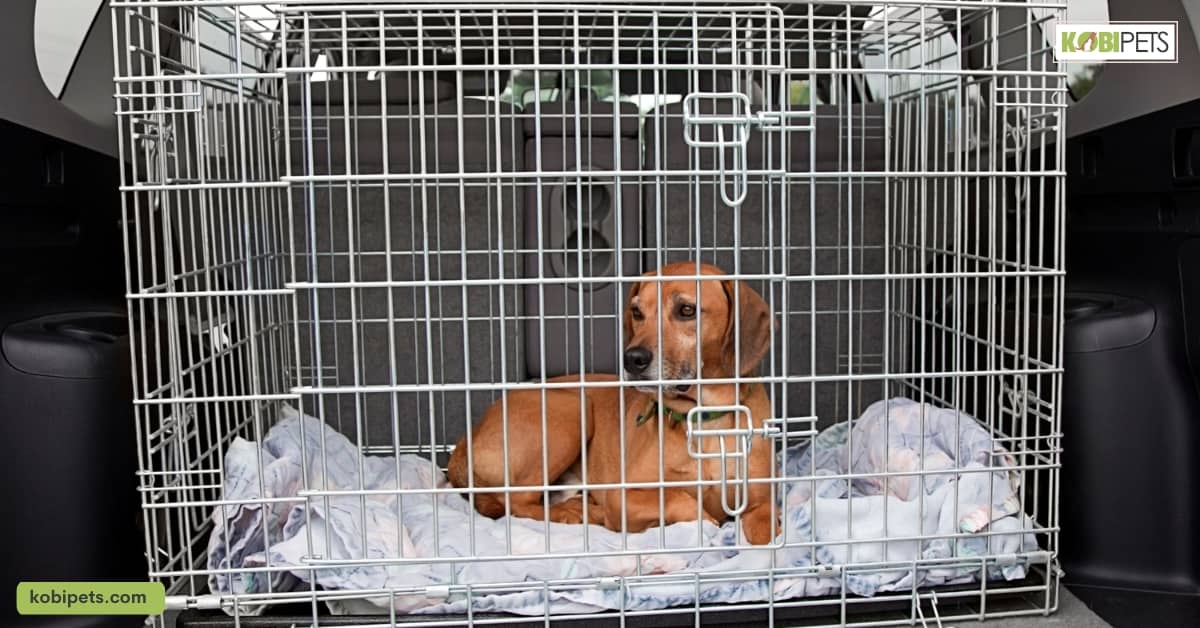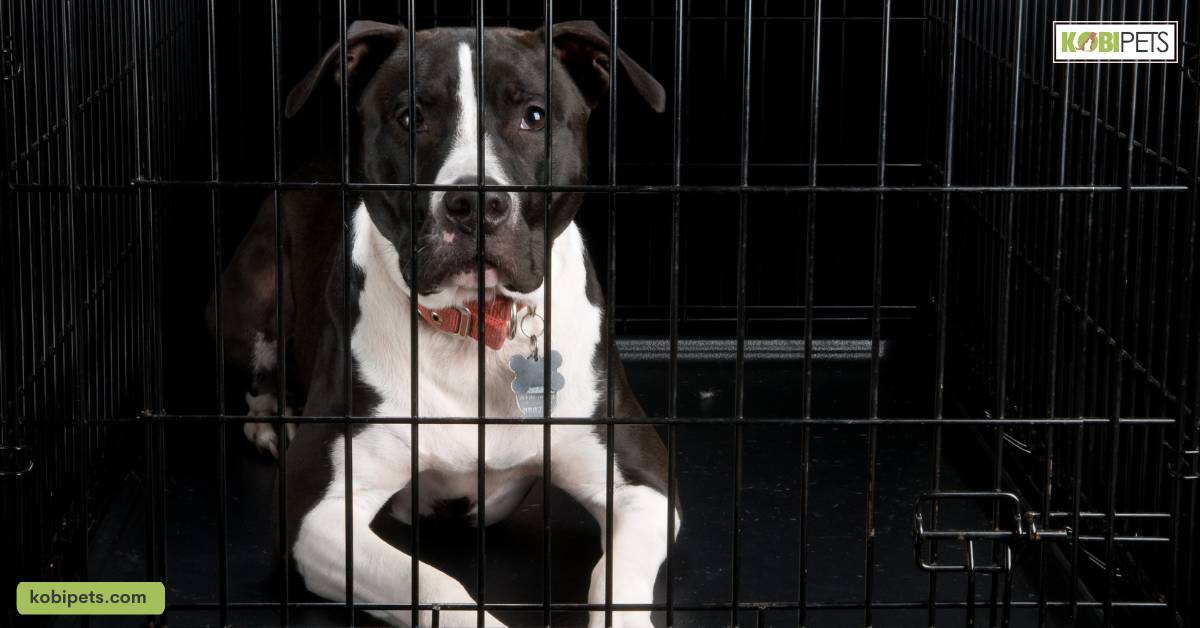
Crate training your pet can provide a safe and comfortable space for them, help with house training, and prevent destructive behavior. However, it can also be stressful for some pets, require proper introduction and training, and may limit their movement and exploration.
In this article, we’ll explore the pros and cons of crate training your pet so you can decide if it’s the right choice for you and your furry friend.
The Pros
Crate training is a popular method used by pet owners to train their dogs or cats. It involves using a crate, which is a small enclosed space, as a safe and comfortable place for your pet to rest or sleep.
While some people may view crate training as cruel or inhumane, it has many benefits for both pets and their owners.
1. Provides a Safe and Comfortable Space for Your Pet
One of the main benefits of crate training is that it provides a safe and comfortable space for your pet. Dogs and cats are den animals by nature, meaning they like to have their own private space where they can feel secure and relaxed.
A crate can serve as this space for your pet, providing them with a sense of security and comfort.
Moreover, crates can be particularly beneficial for senior dogs who may have health issues such as joint pain or arthritis.
A crate can provide them with a restful place to rest their joints or take frequent naps.

2. Helps with House Training
Another benefit of crate training is that it helps with house training.
Dogs and cats naturally do not want to soil their sleeping area, so if you keep them in a crate when you are not around to supervise them, they will learn to hold their bladder until you let them out.
This means that you can use the crate as a tool to teach your pet where they should go potty.
Over time, they will learn that the only appropriate place to relieve themselves is outside or in an area designated for this purpose.

3. Can Help with Separation Anxiety
Separation anxiety is a common problem among pets, especially dogs.
When left alone, some dogs become anxious and stressed out, leading to destructive behavior such as chewing on furniture or barking excessively.
Crate training can help alleviate separation anxiety by providing your dog with a safe and familiar environment when you are away from home.
The enclosed space of the crate can make your dog feel more secure and less anxious about being alone.
However, it’s important to note that while crates can be helpful in managing separation anxiety, they should not be used as a substitute for proper socialization and exercise.

4. Prevents Destructive Behavior
As mentioned earlier, some pets engage in destructive behavior when left alone at home.
This behavior can include chewing on furniture or other household items or digging through trash cans.
Crate training can prevent destructive behavior by keeping your pet contained in a safe space when you are not around to supervise them.
This way, they won’t be able to get into anything that could harm them or damage your property.

5. Facilitates Traveling with Your Pet
Finally, another benefit of crate training is that it facilitates traveling with your pet. If you plan on taking your dog or cat on trips with you, having them accustomed to being in a crate will make the journey much easier.
A well-trained pet who feels comfortable in its crate will be less stressed during travel and more likely to behave appropriately while away from home.

The Cons
Crate training is a popular method used by pet owners to train their dogs. It involves using a crate as a safe and comfortable space for the dog to rest, sleep, and play.
While crate training has its benefits, there are also some drawbacks that pet owners should consider before deciding to use this method.
1. Can be Stressful for Some Pets
One of the main concerns with crate training is that it can be stressful for some pets. Dogs are social animals and need interaction with their owners and other dogs.
Being confined in a small space for long periods can cause anxiety and stress in some dogs, which can lead to behavioral problems such as barking, chewing, and aggression.
To avoid this problem, it is important to introduce your pet to the crate gradually and make it a positive experience. Start by leaving the door open and placing treats or toys inside the crate.
Encourage your pet to go inside voluntarily and praise them when they do so. Gradually increase the time your pet spends in the crate until they are comfortable being inside for longer periods.

2. Requires Proper Introduction and Training
Another con of crate training is that it requires proper introduction and training. If not done correctly, your pet may develop negative associations with the crate, making it difficult to use in the future.
To avoid this problem, start by choosing an appropriate size crate for your pet.
The crate should be large enough for your pet to stand up, turn around, and lie down comfortably but not too big that they have room to eliminate in one corner while sleeping in another.
Next, introduce your pet to the crate gradually as discussed earlier. Avoid using the crate as punishment or leaving them inside for extended periods without breaks.

3. Can Lead to Dependence on the Crate
Crate training can also lead to dependence on the crate if not used correctly. Some pets may become so accustomed to being inside their crates that they refuse to leave even when given the opportunity.
To avoid this problem, limit your pet’s time in the crate during the day and provide plenty of opportunities for exercise and play outside of it.
Use positive reinforcement techniques such as treats or toys when encouraging them out of their crates.

4. May Limit Your Pet’s Movement and Exploration
Another con of using a crate is that it may limit your pet’s movement and exploration around its environment.
This can lead to boredom and frustration in some pets.
To avoid this problem, provide plenty of opportunities for exercise outside of their crates such as walks or playtime at home or at a dog park.

5. Some People Consider it Inhumane
Finally, some people consider using a crate as inhumane treatment of pets because it involves confining them in small spaces against their will.
While there are valid concerns about animal welfare related to improper use of crates or using them excessively without breaks or proper care; when used appropriately with proper introduction/training techniques – many experts agree that crates can provide safety/security/comfort zones for our furry friends – especially during times when we cannot supervise them directly (e.g., while we’re away from home).

In conclusion
After considering the pros and cons of crate training your pet, it’s clear that crate training is an effective method to housebreak a dog and establish proper behavior.
It’s important to remember that this kind of training requires commitment on the part of the pet owner in order to be successful.






